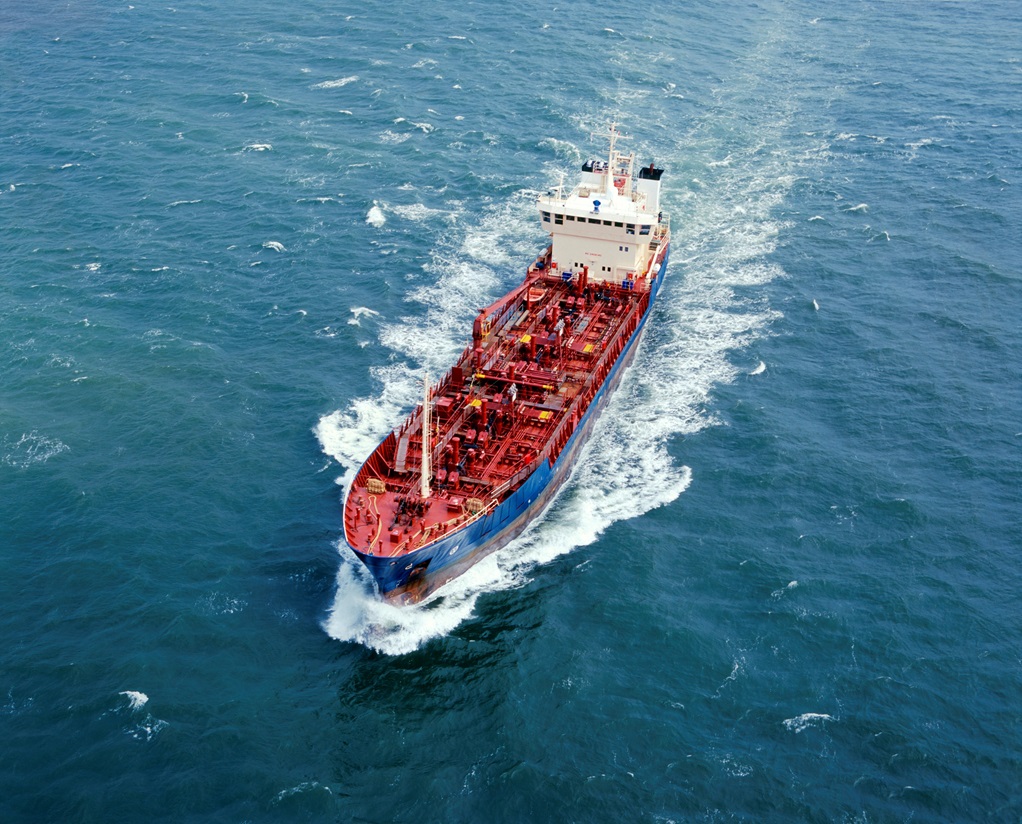In a collaborative effort, Green Instruments A/S, significant maritime stakeholders, and Danish Technological Institute have developed a real-time flue gas sensor technology to accurately measure black carbon emissions from ships.
The sensor technology could potentially become instrumental in meeting the increasing regulatory demands of the shipping industry for black carbon emission standards. Its real-time monitoring capability offers critical insights into emissions from varying fuel types, representing a significant step forward in mitigating the adverse impacts of maritime black carbon emissions on the Arctic environment.
The shipping industry faces an immediate challenge of reducing black carbon emissions, a significant component of fine particulate matter from ship engine exhaust. These emissions contribute considerably to global warming, especially in the Arctic, and pose severe health risks. The World Health Organization has classified soot particles, inclusive of black carbon, as carcinogenic, thereby stressing the urgency for effective monitoring and reduction methods.
Successful real-life measurements validate EMS method
Comprehensive measurement campaigns in both laboratory and maritime settings were undertaken to test the new sensor technology The Extinction-Minus-Scattering (EMS) measurement method emerged as a credible, more efficient alternative to traditional measurement methods. Noteworthy benefits of the EMS method include real-time in-situ measurement capabilities, traceability, and lowered ownership costs, tackling significant hurdles of existing emission monitoring techniques.
Peter Mariager, CTO of Green Instruments, underscores the importance of this development:
“Our innovative EMS method, validated through rigorous field testing, is not merely a viable solution, but a transformative one in monitoring black carbon emissions. It signifies a considerable leap in environmental stewardship, providing the shipping industry with a real-time, accurate, and cost-effective tool for sustainable operations.”
Vision for future sensor technology development
Moving ahead, Green Instruments and Danish Technological Institute are exploring further enhancements to extend the sensor technology’s capabilities beyond black carbon, with an aim to document general Particulate Matter (PM) emissions. This will take place within a new project, ‘Robust maritime sensor for continuous measurement of particle emissions‘. This development highlights the strong market need for documenting the impact of flue gas cleaning technology and new fuels on PM emissions.
“Our objective is to establish the world’s first in-situ solution for the real-time measurement of both black carbon and Particulate Matter (PM) emissions in ship exhaust,” says Morten Køcks from Danish Technological Institute. “This joint development will facilitate more comprehensive emission reporting and offer more in-depth insights into the nature of particulate emissions, as well as the effectiveness of reduction measures across various fuel types.”
The ‘Black Carbon Sensor for Continuous Measurement on Ships’ project is supported by the Danish Ministry of Environment’s MUDP grant. It is a cooperative effort between Green Instruments, DFDS, MOL Chemical Tankers, Danske Rederier, Danske Maritime, and Danish Technological Institute.
Source: Green Instruments.
Tags: Carbon Emission, Technology, Vessels

Recent Posts
GCMD completes biofuel supply chain trials with Hapag-Lloyd
Airbus partners with Avolon on hydrogen aviation
Nuclear power transition more safe option for decarbonisation than coal
ABS presents industry’s first advisory on ammonia bunkering
AW Shipping orders multiple dual-fuel vessels from China
HIF Global partners with Airbus to advance development of SAF
ASL Aviation signs agreement with ZeroAvia for retrofit
AM Green plans to invest $1 bn to set up 2G biofuel plants